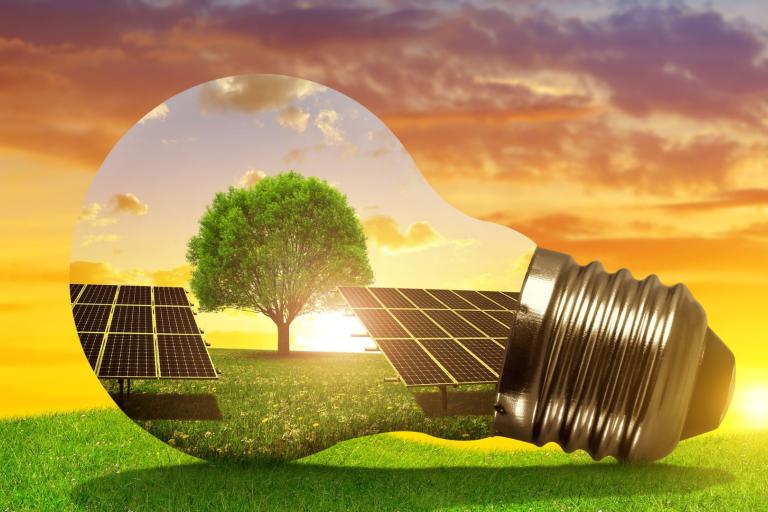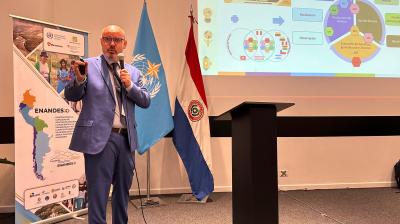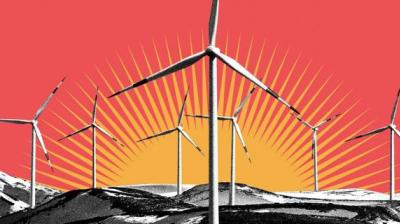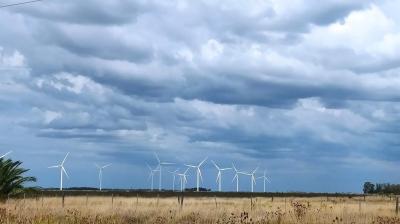New report highlights renewable energy progress, potential and challenges

Dubai (United Arab Emirates) – The International Renewable Energy Agency (IRENA) and World Meteorological Organization (WMO) have released their first joint report to strengthen understanding of renewable energy resources and their intricate relationship with climate variability and change. It seeks to inform policy-making and hasten the transition away from polluting fossil fuels and towards a cleaner, greener future.

The report, 2022 Year in review: Climate-driven Global Renewable Energy Potential Resources and Energy Demand, launched at COP28 in Dubai today, highlights the key role of weather and climate information and services in meeting the untapped potential and challenges in the transition to renewable energy.
Renewables now dominate new sources of supply. In 2022 alone, 83% of new capacity was renewable, with solar and wind accounting for most additions. Such an increase is key to achieving decarbonized energy systems by 2050, with an accompanying steep and decisive decline of fossil fuel consumption, according to the report, “2022 Year in review: Climate-driven Global Renewable Energy Potential Resources and Energy Demand”.
The global total installed capacity of renewable power, and its share in the electricity grid, has been steadily increasing over the past two decades. Today, some 30% of power generation globally is renewable, due to rapid deployment in the past decade, according to the report.
It provides a much-needed glimmer of hope.










